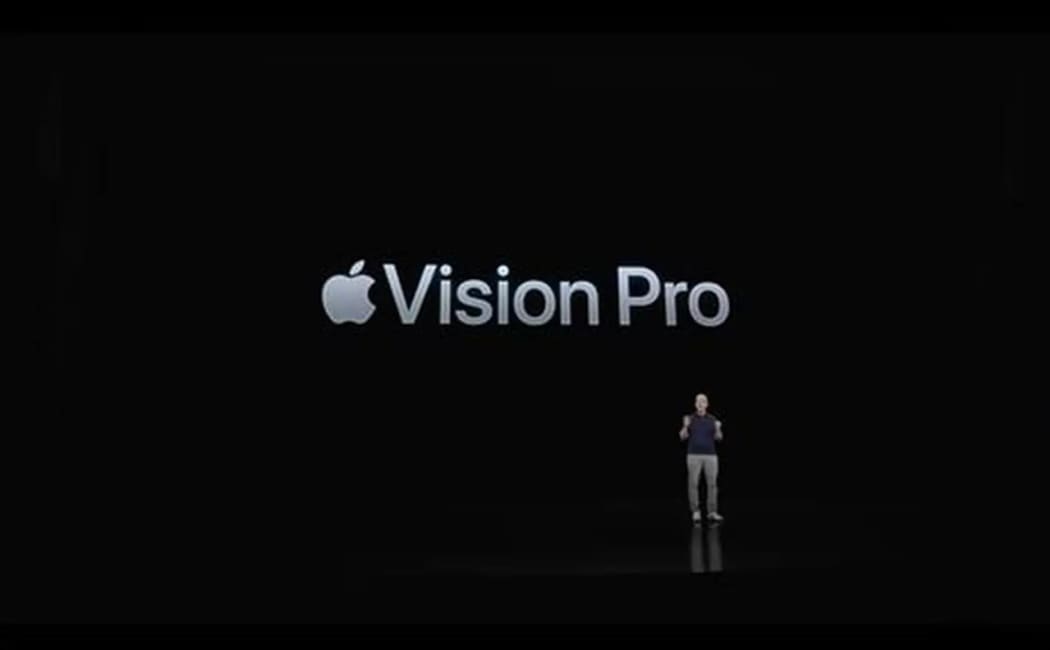Apple’s Vision Pro Faces Content Slowdown: Strategic Move or Risky Gamble?

Apple’s Vision Pro Faces Content Slowdown: Strategic Move or Risky Gamble?
Apple’s most futuristic device, the Vision Pro headset, is again making headlines—this time not for its technology, but for its content strategy. According to Bloomberg’s well-known tech analyst Mark Gurman, Apple is deliberately slowing the release of immersive video experiences for Vision Pro users. The decision has sparked debates in the tech world, raising questions about whether Apple’s cautious approach could affect the future of its premium mixed-reality headset.
Why Apple is Holding Back Vision Pro Content
At its core, the Vision Pro promises an immersive entertainment and productivity ecosystem. Yet, the content library remains surprisingly limited. Gurman highlights that flagship immersive shows such as “Wild Life” and “Adventure” only have four and five episodes available. Another program, “Elevated”, currently offers just one episode. Even more concerning, Apple continues to feature sports content from 2024, despite being deep into 2025. For a $3,499 device, such a slow content rollout feels underwhelming to many customers.
Gurman argues that immersive video is the Vision Pro’s biggest selling point—the very feature that leaves potential buyers in awe during demos. Yet, Apple’s reluctance to expand the content library has left early adopters with limited options, slowing down the headset’s momentum in an already competitive market.
The Costly Challenge Behind Immersive Video
The main reason Apple is restricting content boils down to money. Producing high-quality immersive 3D and AR/VR video is an expensive undertaking. With global sales of the Vision Pro estimated at fewer than one million units, Apple is reportedly cautious about spending billions on new productions when the user base is still relatively small.
In short, Apple is trapped in a classic conundrum: Without compelling new content, it risks losing potential customers. But without a large customer base, investing heavily in content doesn’t make immediate business sense.
Fears of “Outdated” Content Ahead of Next-Gen Vision Pro
Another major factor influencing Apple’s decision is its product roadmap. Gurman reports that Apple is concerned about releasing too much content now, fearing it might feel stale by 2027, when a lighter and more affordable version of the Vision Pro is expected to launch. Apple wants that device to appeal to the mainstream market, and the company doesn’t want to rely on “old” content when trying to attract millions of new buyers.
This strategy, however, creates a vicious cycle: users need fresh content to stay engaged, but Apple is holding back to protect the future of its next-gen headset.
Competitors Smell Opportunity
While Apple plays the long game, rivals are moving quickly. Meta is preparing to launch its “Hypernova” smart glasses, reportedly priced around $800. By focusing on affordability, Meta aims to capture a wide audience early—something Apple has not prioritized with its $3,499 Vision Pro. If Meta succeeds, Apple could find itself at risk of losing market share before its cheaper Vision Pro model even arrives.
Could Apple Be Repeating Its Own Mistakes?
Historically, Apple’s greatest successes—the iPhone, iPod, and even Apple TV+—have relied not just on hardware, but on ecosystems of content that kept users engaged and loyal. Gurman warns that by neglecting to invest in Vision Pro content now, Apple risks repeating mistakes of past products that failed to gain traction due to weak ecosystems.
For example, the Apple Newton (an early PDA) failed in the 1990s not because of bad hardware, but because it lacked strong supporting software. Analysts fear the Vision Pro could meet a similar fate if Apple doesn’t prioritize building a rich library of AR/VR content.
What This Means for Vision Pro Owners
For current Vision Pro users, the experience remains both awe-inspiring and frustrating. The headset’s capabilities are cutting-edge, but its content library feels thin. Owners who paid the hefty price tag expected more—more series, more immersive sports, and more frequent updates. Instead, they are left with a showcase device that feels like it’s waiting for its real moment to shine in the future.
The Road Ahead
Looking forward, Apple has two options: double down on cautious spending until the cheaper Vision Pro arrives, or start investing heavily now to establish its headset as the gold standard in AR/VR entertainment. Either path comes with risks. If Apple waits too long, it may lose early momentum to Meta and other competitors. If it invests heavily now, it could be spending billions without guaranteed returns.
Ultimately, Apple’s decision to slow the flow of Vision Pro content reflects a delicate balancing act. The company wants to protect its long-term strategy, but in doing so, it risks alienating early adopters and weakening the headset’s chances of becoming the next major computing platform.
Final Thoughts
Apple has built its empire on bold moves, often betting on ecosystems before they were profitable. With the Vision Pro, however, the company appears to be treading carefully, perhaps too carefully. Whether this strategy will pay off or cause the Vision Pro to remain a niche luxury gadget is a question only time—and Apple’s next moves—can answer.
